Exploring the Boundaries of 3D-Printed Homes
9 January 2025
Imagine a world where you could build a house as easily as you print a document. Sounds like something out of a sci-fi movie, right? Well, it's not. In fact, this futuristic concept is already here, and it's called 3D-printed homes. If you're scratching your head wondering how on earth this works, don't worry. You're not alone. The idea of printing a house is still foreign to a lot of people, but it's catching on like wildfire.
So, let's dive into this revolutionary technology and explore the boundaries of 3D-printed homes. How do they work? What are their benefits? And most importantly, are they the future of housing?
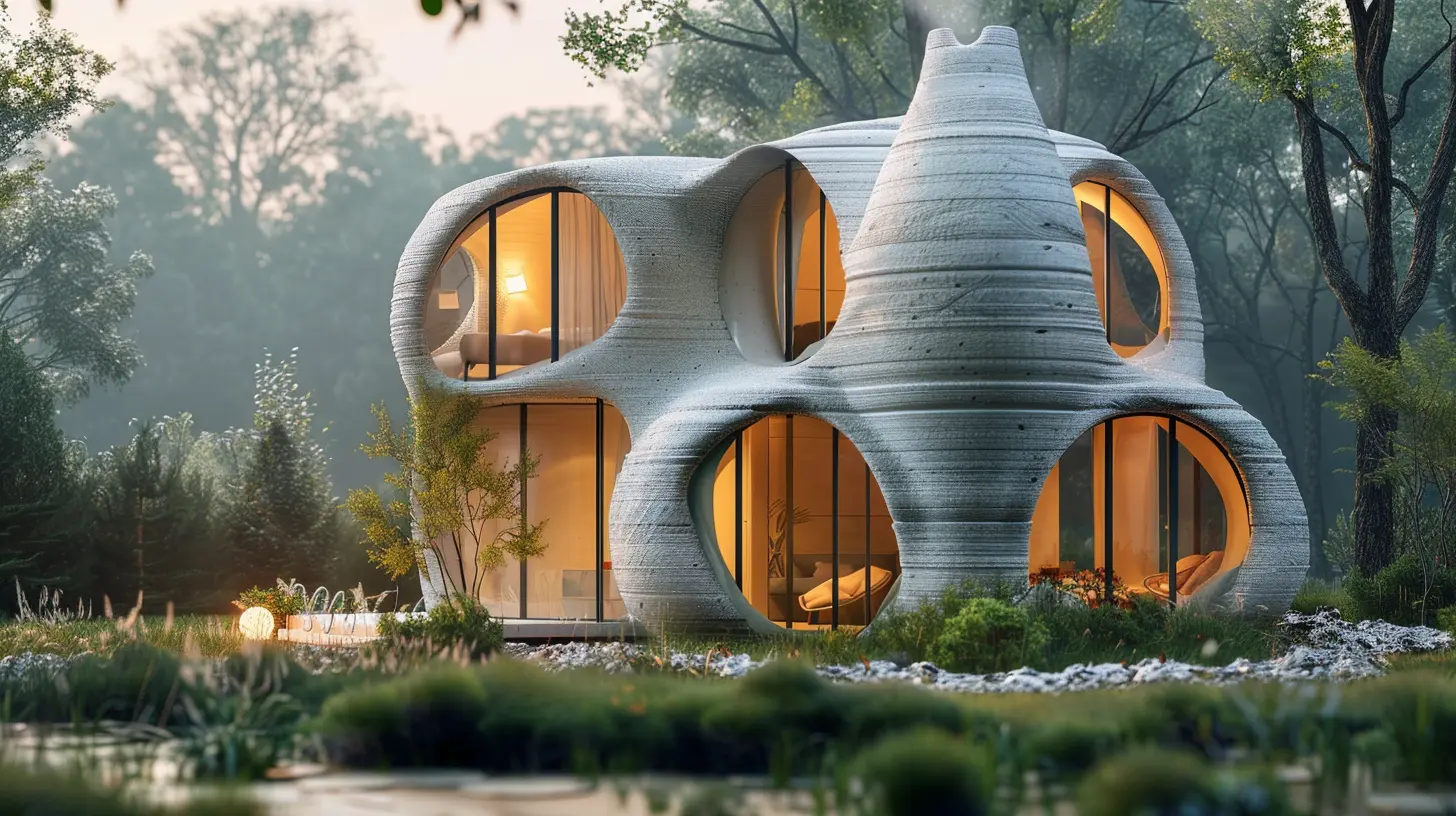
What Exactly Are 3D-Printed Homes?
First things first—what is a 3D-printed home, anyway? It’s exactly what it sounds like. A 3D-printed home is a house that’s constructed using large-scale 3D printers. Instead of bricklayers, carpenters, and a whole crew of workers, you have a robotic arm extruding materials like concrete, layer by layer, to create the structure of the house.Think of it like icing a cake, but instead of frosting, you're using concrete or other construction materials, and the "icing" forms the walls and foundation of the house. The printer follows a digital blueprint and builds the home from the ground up with extreme precision. Cool, right?
While the idea of 3D printing in construction has been around for a while, it’s only in recent years that we’ve seen actual houses being built this way. And as the technology advances, the possibilities are becoming endless.
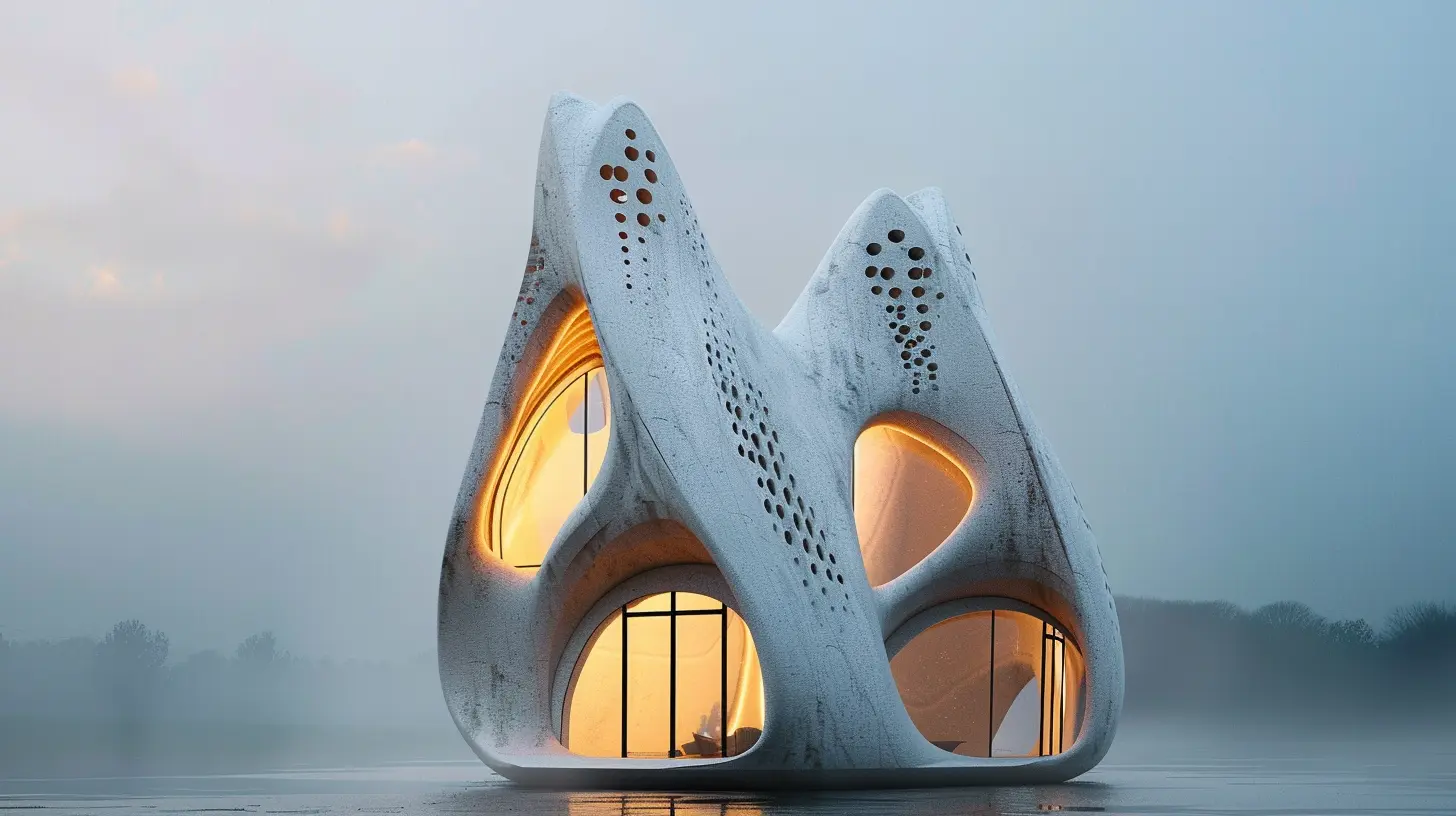
How Do 3D-Printed Homes Work?
You might be wondering: how does a 3D printer go from a digital file to an actual home you can live in? Let's break it down.1. The Blueprint
First, architects and engineers create a digital model of the house. This blueprint is loaded into the 3D printer's software. The digital model outlines everything from the design of the walls to where the plumbing and electrical systems will go.2. The Material
Next comes the printing process. Depending on the printer, different materials can be used. Most commonly, a mixture of concrete and other additives is used to create a durable, long-lasting structure. Some printers even use eco-friendly materials like recycled plastics and bio-based substances.3. Layer by Layer Construction
The printer, which is usually mounted on rails or a gantry system, starts extruding the material layer by layer. It moves along the structure, applying the material in precise layers until the walls and foundation are complete.4. Finishing Touches
Once the structure is printed, workers come in to add the finishing touches, like windows, doors, roofs, and interior work like plumbing and electrical. It’s a blend of automation and manual labor.And voila! In a fraction of the time and cost of traditional construction, you have a fully functional house.
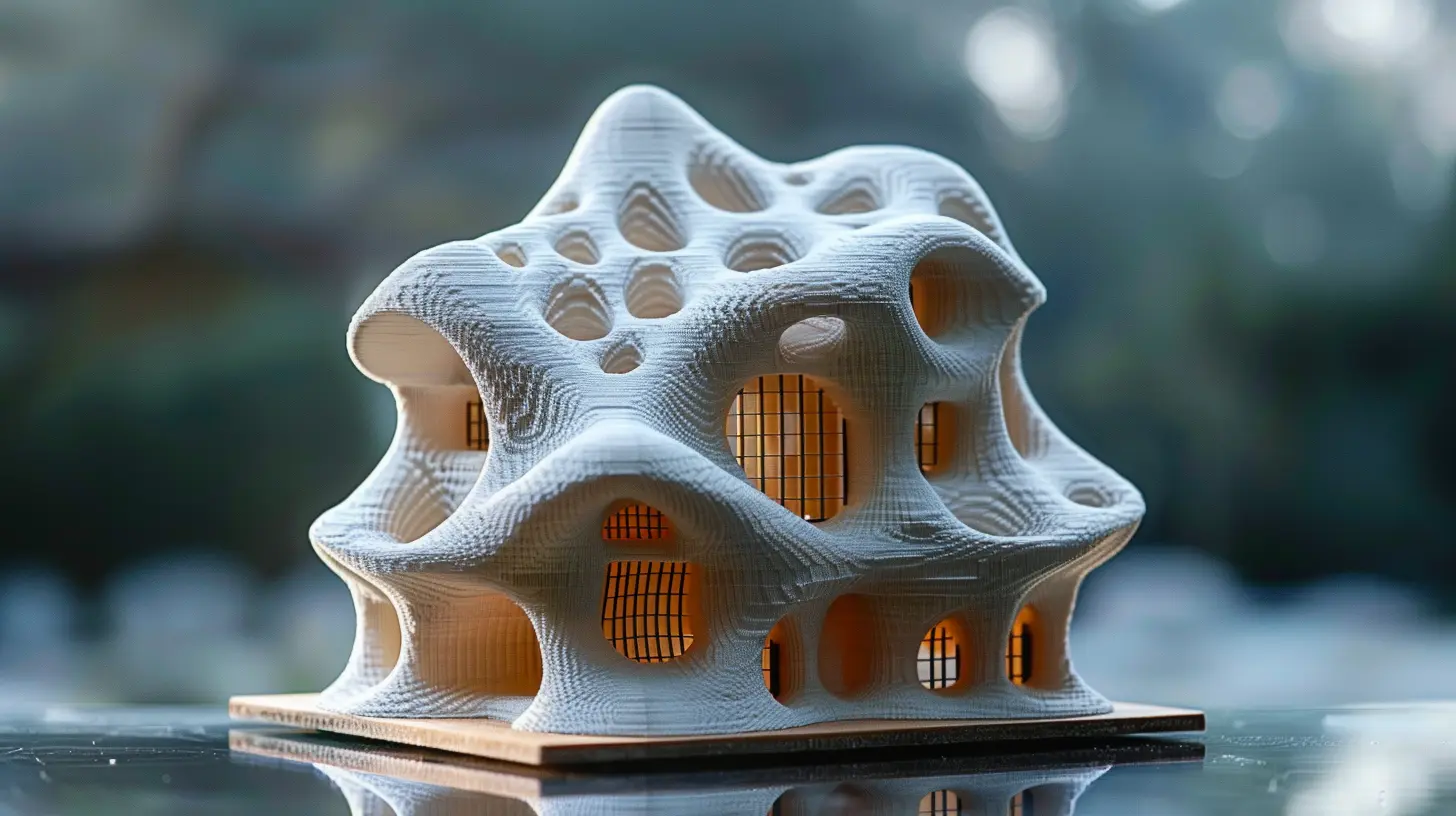
The Benefits of 3D-Printed Homes
So, why all the hype around 3D-printed houses? There are some pretty compelling reasons why this technology is shaking up the construction world.1. Speed of Construction
One of the biggest advantages of 3D-printed homes is how fast they can be built. While traditional homes can take months, or even years, to complete, a 3D-printed house can be constructed in just a few days or weeks. In some cases, small homes have been printed in under 24 hours!This is a game-changer, especially in areas that need rapid construction, like disaster relief zones or developing countries.
2. Cost Efficiency
Another major perk is the cost. Traditional construction involves a lot of labor, materials, and time, all of which add up. By automating large parts of the process, 3D printing can significantly cut down on labor costs. Plus, because the printer uses exactly the amount of material needed, there’s minimal waste, which also saves money.For example, in some parts of the world, 3D-printed homes are being built for as little as $10,000 or $15,000. That’s a fraction of the cost of a traditional home, making homeownership much more accessible.
3. Customization
With traditional construction, making changes to a design can be costly and time-consuming. But with 3D printing, you’re basically working with a digital file. Want to add an extra room? No problem. Need to tweak the layout? It’s as easy as updating the digital model. This allows for incredible flexibility and customization, opening the door to more creative and personalized living spaces.4. Environmental Impact
We can’t ignore the environmental benefits either. Because 3D printing only uses the exact amount of material needed, it reduces waste significantly. Plus, some companies are experimenting with eco-friendly materials, like sustainable concrete alternatives or even recycled plastic, which could make this form of construction much greener in the future.With the rise of climate change concerns, the construction industry is under pressure to reduce its carbon footprint. 3D-printed homes offer a potential solution that could lead to more sustainable building practices.
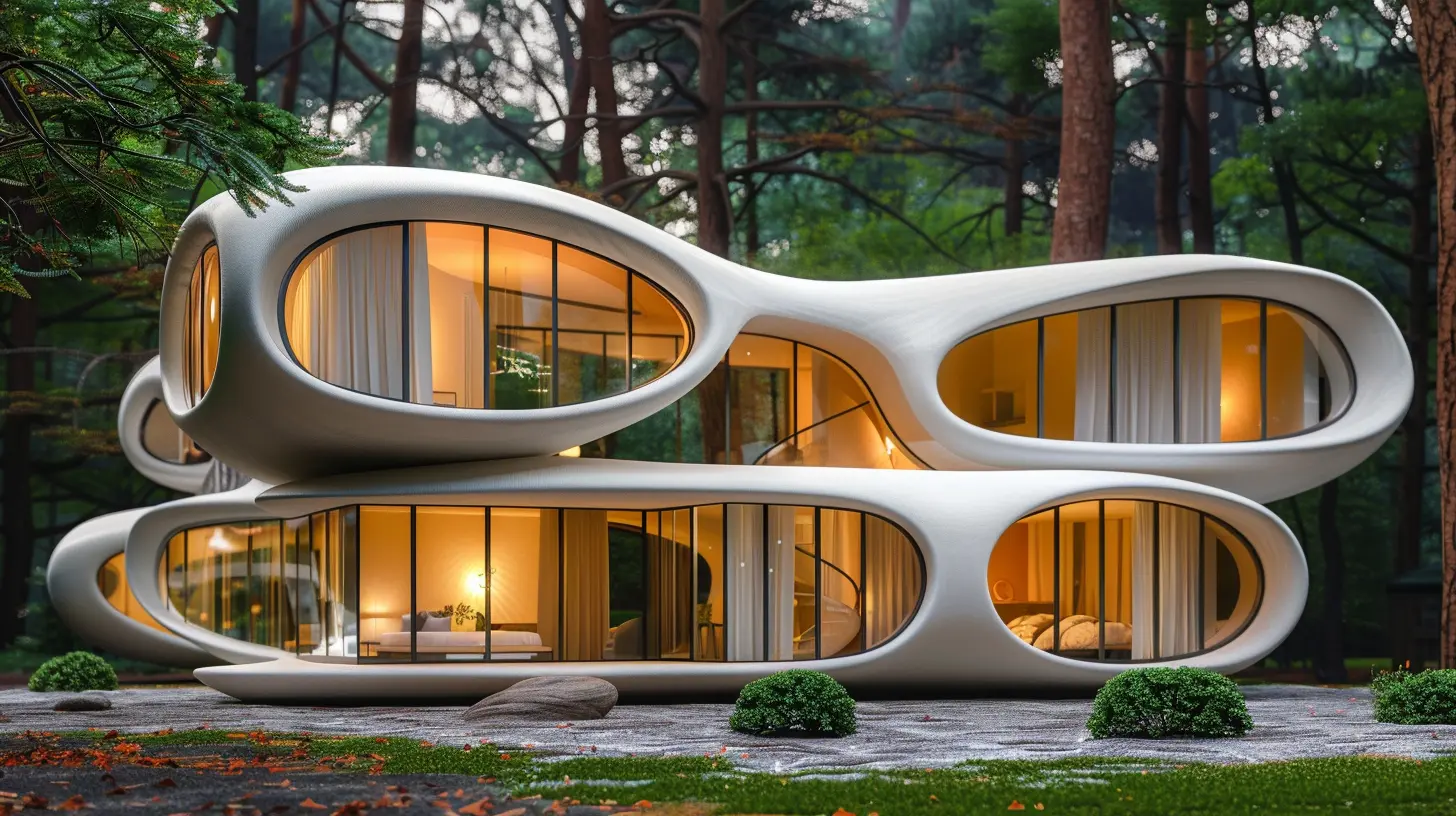
The Challenges of 3D-Printed Homes
Of course, no technology is without its hurdles. While the potential of 3D-printed homes is enormous, there are still some challenges to overcome.1. Regulatory and Zoning Issues
One of the biggest obstacles is the fact that building codes and regulations haven't quite caught up to the technology. In many places, there are strict guidelines about how homes need to be built, and 3D printing doesn’t always fit neatly into those rules. This can slow down the approval process and make it difficult to get projects off the ground.2. Limited Materials
Currently, most 3D-printed homes are made from concrete, which is great for durability but limits the types of designs and structures that can be built. While there are experiments with other materials, we’re still a ways off from being able to print homes with the same variety of materials that traditional construction offers.3. Skilled Labor Gap
While 3D printing automates a lot of the construction process, there’s still a need for skilled labor, particularly when it comes to finishing the house. There’s a learning curve involved in operating these massive printers and integrating them into the construction process. As the technology evolves, there will be increased demand for workers trained in both traditional construction and 3D printing technologies.4. Public Perception
Let’s be real—most people aren’t exactly clamoring to live in a house that was printed by a machine. There’s a learning curve when it comes to public perception, and convincing people that these homes are safe, durable, and comfortable will take time. However, as more 3D-printed homes are built and prove their worth, this perception will likely shift.Are 3D-Printed Homes the Future?
At this point, you might be wondering: are 3D-printed homes just a fad, or are they here to stay?Well, it’s hard to say for sure. On one hand, the technology is still in its early stages. There are a lot of hurdles to overcome before 3D-printed homes become mainstream, from regulatory challenges to material limitations. But on the other hand, the potential is enormous.
With the global population growing and housing shortages becoming more common, especially in developing countries, the demand for affordable, fast, and sustainable housing solutions is only going to increase. 3D-printed homes could very well be a key part of the solution to this problem.
Plus, as the technology continues to evolve and improve, we can expect to see even more impressive innovations in the space. Who knows? In a few years, we might all be living in homes that were printed by a machine.
Final Thoughts
3D-printed homes are breaking boundaries and offering a glimpse into the future of construction. While there are still challenges to overcome, the potential benefits—speed, cost efficiency, customization, and environmental impact—are hard to ignore. As the technology matures and becomes more widely adopted, it could revolutionize the way we approach building homes.So, will your next house be printed by a giant 3D printer? Only time will tell, but one thing’s for sure: the future of construction is going to be pretty exciting.
all images in this post were generated using AI tools
Category:
Future TechAuthor:

Reese McQuillan
Discussion
rate this article
24 comments
London Mahoney
Great insights on the potential of 3D-printed homes! It's exciting to see how this technology could redefine affordable housing and sustainable living in the near future.
February 21, 2025 at 8:57 PM

Reese McQuillan
Thank you! I'm glad you found the insights valuable. Exciting times ahead for affordable housing and sustainability!
Bria Kirk
This article effectively highlights the innovative potential of 3D-printed homes while addressing key challenges. It's an exciting glimpse into the future of affordable housing solutions.
February 2, 2025 at 12:40 PM

Reese McQuillan
Thank you! I'm glad you found the article insightful. Exciting advancements in 3D printing could truly revolutionize housing affordability.
Skyler Ellison
Fascinating read! The concept of 3D-printed homes is a game-changer for the construction industry. I’m curious about the materials used and their long-term durability. How do these structures hold up against traditional building methods, especially in extreme weather? What are the environmental impacts of large-scale 3D printing? Can't wait to learn more!
January 27, 2025 at 9:52 PM

Reese McQuillan
Thank you for your interest! 3D-printed homes often use concrete-based materials, which can be durable but vary in resilience against extreme weather. Ongoing research is addressing these concerns, and large-scale printing has potential environmental benefits, such as reduced waste and lower carbon footprints. I look forward to sharing more insights!
Jade Harris
3D-printed homes are revolutionizing the housing industry, pushing the limits of traditional construction. This technology not only promises affordability and sustainability but also embodies the future of architecture. It's time we embrace this innovative approach to reshape our living environments for generations to come.
January 23, 2025 at 3:58 AM

Reese McQuillan
Absolutely! 3D-printed homes are indeed transforming the housing landscape, offering innovative solutions that blend affordability and sustainability. Embracing this technology could redefine our architectural future.
Gabriel Bryant
This article offers an insightful perspective on the potential of 3D-printed homes. The exploration of innovative building techniques and sustainability is particularly compelling. I look forward to seeing how these advancements evolve in the housing landscape.
January 18, 2025 at 8:51 PM

Reese McQuillan
Thank you for your thoughtful comment! I'm glad you found the exploration of 3D-printed homes and their sustainability potential compelling. Exciting developments are definitely on the horizon!
Grant Newman
This article beautifully highlights the innovative potential of 3D-printed homes. It's inspiring to see how technology can transform housing solutions, making them more accessible and sustainable for everyone. Great read!
January 16, 2025 at 5:09 AM

Reese McQuillan
Thank you for your kind words! I'm glad you found the article inspiring and insightful about the future of housing.
Rosalyn Erickson
3D-printed homes: where your house can be as quirky as your sock collection! Imagine living in a three-dimensional pizza slice. Who knew architecture could be this deliciously bizarre?" 🍕🏡
January 15, 2025 at 5:30 AM

Reese McQuillan
Absolutely! 3D-printed homes truly let imagination run wild, turning everyday concepts into unique living spaces. Who wouldn't want a slice of pizza for a home? 🍕🏡
Zevin Reyes
Exciting times ahead! 3D-printed homes are revolutionizing the way we think about housing, combining innovation with sustainability. Let’s embrace this technology and build a brighter, more accessible future for everyone!
January 14, 2025 at 9:12 PM

Reese McQuillan
Absolutely! 3D-printed homes offer incredible potential for sustainable, affordable housing, and it’s exciting to see this innovation take shape. Let's keep pushing the boundaries!
Sylph McGillivray
3D-printed homes promise affordability and sustainability; let's explore their impact on housing accessibility.
January 14, 2025 at 12:01 PM

Reese McQuillan
Absolutely! 3D-printed homes have the potential to revolutionize housing by reducing costs and minimizing waste, making sustainable living more accessible to diverse populations.
Maxine Perry
Great article! The potential of 3D-printed homes is fascinating, and I appreciate how you highlighted both the innovations and challenges in the field.
January 13, 2025 at 8:38 PM

Reese McQuillan
Thank you for your kind words! I'm glad you found the article insightful; the future of 3D-printed homes is indeed exciting!
Zevran McLemore
This article brilliantly highlights the potential of 3D-printed homes to revolutionize affordable housing. Your insights inspire us to think innovatively about sustainable living. Excited to see how technology continues to push these boundaries forward!
January 13, 2025 at 12:15 PM

Reese McQuillan
Thank you for your kind words! I'm thrilled to hear that the article inspired you to think about innovation in sustainable housing. Exciting times ahead!
Alvin McNeil
This article highlights the exciting potential of 3D-printed homes, showcasing innovation in construction. However, we must also consider sustainability, affordability, and community impact as we explore this technology's future. Thought-provoking read!
January 13, 2025 at 5:44 AM

Reese McQuillan
Thank you for your insightful comment! I completely agree that while 3D-printed homes are innovative, it's essential to prioritize sustainability, affordability, and community impact as we advance this technology.
Gisela McCool
This article offers a compelling overview of the potential and challenges of 3D-printed homes. While the technology promises affordability and sustainability, it's crucial to address regulatory hurdles and long-term durability concerns. A balanced approach could pave the way for innovative housing solutions, benefiting both communities and the environment.
January 12, 2025 at 9:39 PM

Reese McQuillan
Thank you for your insightful comment! I'm glad you found the article compelling. Addressing regulatory and durability challenges is indeed crucial for the future of 3D-printed homes. Your feedback highlights the importance of a balanced approach in this innovative field.
Allison Blair
Could 3D-printed homes reshape our reality? As technology blurs the lines, what hidden secrets lie within these futuristic walls?
January 12, 2025 at 12:40 PM

Reese McQuillan
Absolutely, 3D-printed homes have the potential to revolutionize housing by making it more accessible and sustainable. As we explore this technology, we must also consider the social and environmental implications that could reshape our communities.
Joy Lewis
Finally, a solution for those who can’t decide between modern living and building a cozy fort—3D-printed homes are the answer!
January 12, 2025 at 6:02 AM

Reese McQuillan
Absolutely! 3D-printed homes perfectly blend innovation with comfort, offering a unique solution for modern living.
Everett Wright
In layers of dreams, concrete whispers rise, Crafted by machines, under boundless skies. Each printed wall, a story begins, Architects of hope, where innovation spins. As boundaries blur, we build anew, 3D homes—a future bright and true.
January 11, 2025 at 9:22 PM

Reese McQuillan
Thank you for your poetic reflection! You've beautifully captured the essence of 3D printed homes and their transformative potential for the future.
Lena Stone
Fantastic insights! Excited to see how 3D-printed homes will reshape our living spaces. Great read!
January 11, 2025 at 12:22 PM

Reese McQuillan
Thank you! I'm glad you enjoyed the article and share the excitement about the future of 3D-printed homes!
Runeveil Shaffer
Finally, a home I can print!
January 11, 2025 at 4:52 AM

Reese McQuillan
I'm glad you're excited! 3D printed homes are truly reshaping the future of housing.
Eliana Ruiz
Who needs a fairy godmother when we have 3D printers? Just add some magic filament, and voilà—your dream home is just a few clicks away!
January 10, 2025 at 7:38 PM

Reese McQuillan
Indeed! 3D printing is revolutionizing homebuilding, making dreams more accessible than ever. Your comment perfectly captures that magic!
Carter Murphy
Great insights! It's fascinating to see how 3D printing can revolutionize home construction. Can't wait to see how this technology evolves in the future!
January 10, 2025 at 1:41 PM

Reese McQuillan
Thank you! I'm excited to see how this technology will reshape the construction landscape. Stay tuned for more updates!
Vanessa Rosales
This article insightful examines the innovative potential of 3D-printed homes, highlighting their affordability, sustainability, and rapid construction benefits, while addressing challenges in regulatory frameworks and public acceptance.
January 10, 2025 at 5:59 AM

Reese McQuillan
Thank you for your thoughtful comment! I'm glad you found the article insightful and that it sparked a discussion on the benefits and challenges of 3D-printed homes.
Iliana West
In layers of hope and innovation, 3D-printed dreams rise, Architecture reborn, Boundaries dissolve, Crafting shelter anew. A symphony of design, Where technology whispers, “Home is where the heart builds.”
January 9, 2025 at 7:21 PM

Reese McQuillan
Thank you for capturing the essence of our journey! Your poetic reflection beautifully illustrates how 3D printing is transforming architecture and redefining what home means in our innovative landscape.
Juliet Becker
This article offers a compelling look into the innovative world of 3D-printed homes, highlighting advancements in construction technology, sustainability, and affordability. By examining real-world applications, it showcases how this method could revolutionize housing and address global housing shortages effectively.
January 9, 2025 at 11:26 AM

Reese McQuillan
Thank you! I'm glad you found the article insightful. The potential of 3D-printed homes is indeed exciting for addressing housing challenges.
Bennett Lamb
Ah, 3D-printed homes! Because who doesn't want to live in a life-sized LEGO set? Just imagine the joys of telling your friends, “Sorry, can’t move today; my house is stuck in the printer queue!” Progress really is fascinating, isn’t it?
January 9, 2025 at 3:53 AM

Reese McQuillan
Haha, great point! The innovative potential of 3D-printed homes is indeed like building with LEGO—creative and exciting, with a hint of quirky challenges!
MORE POSTS

G and the Future of Personalized Medicine

How Customer Data Platforms are Powering Personalization in the Digital Age
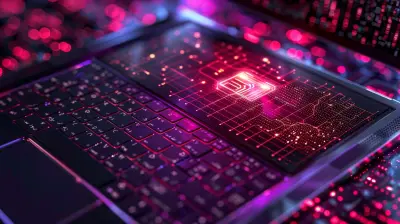
Laptops with the Best Built-In Privacy Features: Staying Secure on the Go

Battery Life Showdown: Which Laptop Lasts the Longest?

AI-Powered Predictive Maintenance in Data Centers

Biometric Authentication in Fintech: A New Era of Security
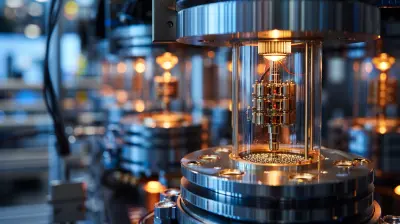
The Impact of Quantum Computing on Data Center Design

How to Properly Upgrade Your PC’s RAM for Maximum Performance
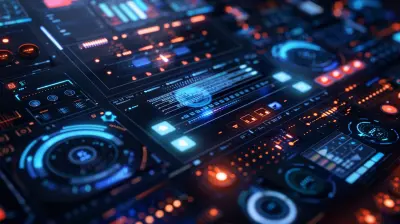
The Power of Templates in Modern Video Editing Software
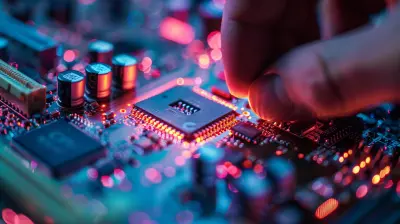
How to Properly Ground Yourself When Working with Computer Components

What Is a Zero-Trust Data Center and Why It Matters

Why Li-Fi Could Soon Replace Wi-Fi in Your Home

Smart Displays for Seniors: Bridging the Generational Tech Gap

Understanding Latency in Bluetooth Audio Devices and How to Fix It